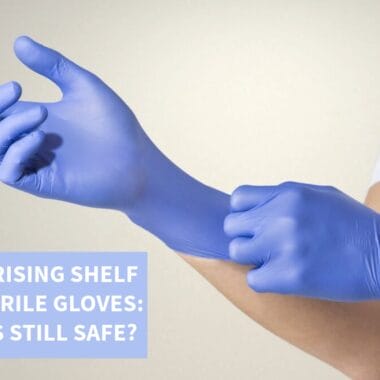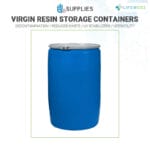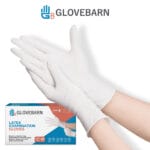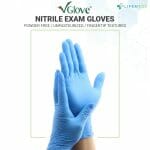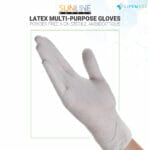What is Chemical Protective Clothing?
Chemical protective clothing refers to specialized garments designed to protect workers from hazardous chemicals, gases, vapors, and liquids that could pose serious health risks if they come into contact with skin. These garments are made from materials that resist chemical permeation and penetration, ensuring that workers remain safe in environments where exposure to dangerous substances is common. Chemical protective clothing includes items such as full-body suits, gloves, aprons, and face shields, and is essential for industries such as chemical processing, pharmaceuticals, manufacturing, and laboratory work.
Chemical protective clothing is often categorized by its level of protection, with some offering full-body coverage against highly toxic chemicals, while others are designed for less hazardous situations, providing protection against chemical splashes or low-concentration exposure.
Importance of Chemical Protective Clothing in the Enterprise Environment
In enterprise environments where workers are exposed to hazardous chemicals, chemical protective clothing is critical for ensuring worker safety and regulatory compliance. The primary purpose of this clothing is to create a protective barrier that prevents harmful chemicals from coming into contact with the skin, reducing the risk of chemical burns, rashes, respiratory problems, or long-term health issues due to chemical exposure. For example, in industries like chemical processing or oil refining, employees regularly work with corrosive or toxic chemicals that require robust protection.
Providing chemical protective clothing is also essential for meeting regulatory standards set by OSHA (Occupational Safety and Health Administration) and other industry-specific safety guidelines. Compliance with these regulations not only prevents accidents and injuries but also helps businesses avoid legal penalties, fines, and reputational damage.
Additionally, using the appropriate chemical protective clothing ensures operational continuity by minimizing accidents and avoiding production shutdowns caused by workplace injuries. It also boosts worker confidence, knowing they are protected from potential hazards, which in turn can improve productivity and job satisfaction.
Types of Chemical Protective Clothing
1. Level A Suits
- Purpose: Offers the highest level of protection, covering the entire body, including respiratory protection.
- Common Uses: Hazardous chemical spills, emergency response, or dealing with toxic gases.
2. Level B Suits
- Purpose: Provides protection from chemical splashes and liquid exposure but may not offer full vapor protection.
- Common Uses: Situations where respiratory protection is needed but vapor contact is minimal.
3. Aprons and Gloves
- Purpose: Protects specific areas of the body, such as hands and torso, from chemical exposure.
- Common Uses: Used in laboratories or manufacturing settings for handling chemicals directly.
Managing Chemical Protective Clothing with Enterprise Software
Enterprise software solutions help businesses manage chemical protective clothing by automating inventory tracking, usage monitoring, and regulatory compliance. Key features include:
- Inventory Management: Track stock levels of chemical protective clothing to ensure workers always have the necessary PPE.
- Compliance Monitoring: Ensure that all protective clothing meets OSHA and other safety standards.
- Maintenance Scheduling: Automate inspections and cleaning processes to ensure clothing remains in optimal condition.
Conclusion
Chemical protective clothing is essential for safeguarding workers from hazardous substances in industries where exposure to chemicals is common. By ensuring compliance with safety regulations and providing proper protective gear, businesses can protect employees, prevent workplace accidents, and improve operational efficiency. Enterprise software helps manage these processes effectively, ensuring that chemical protective clothing is always available, maintained, and compliant with regulatory standards.
« Back to Glossary Index



